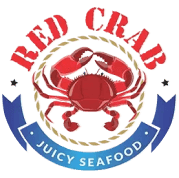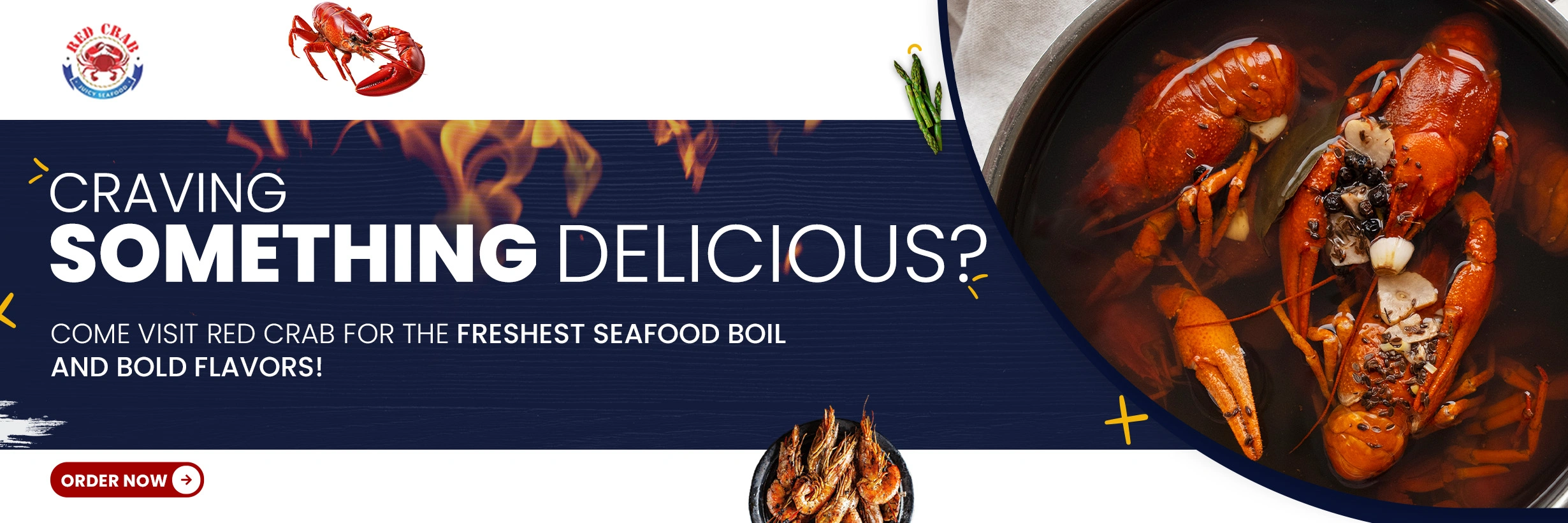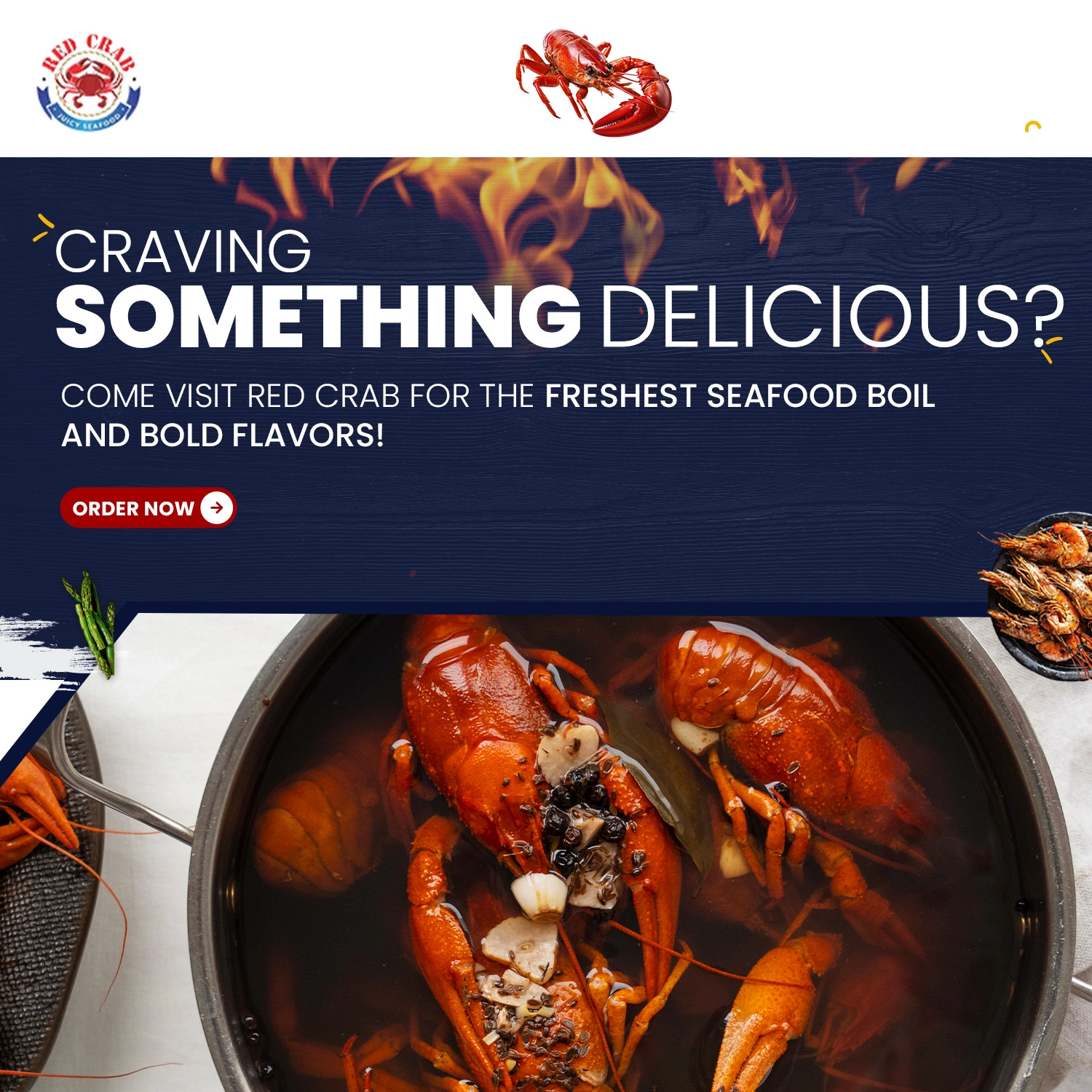History of Cajun Food
Cajun food is bold, rich, and full of heart. It’s a big part of Southern life, especially in Louisiana. But where does Cajun food come from? What is the history of Cajun food? This blog will explore its roots, spices, culture, and why it has become loved around the world. We’ll also answer some popular questions and show you how this flavorful cuisine keeps its strong identity.
Table of Contents
Cajun food is more than just spicy dishes. It tells a story of people, struggle, and celebration. It was born from the hands of everyday cooks who made the most of what they had. Over time, this food became famous not only in the U.S., but across the globe. Whether you’re looking for “seafood menu” or just wondering about “seafood near me,” knowing the history of Cajun food adds extra flavor to your plate.
History of Cajun Food: Where It Comes From and How It Shaped Southern Cuisine
The history of Cajun food begins with the Acadians. These were French settlers who lived in Canada but were forced to leave in the 1700s. Many of them ended up in Louisiana. There, they mixed their old French cooking style with local ingredients like crawfish, shrimp, and okra. This is where Cajun food comes from.
Because they had to live off the land, the Acadians learned to fish, hunt, and grow vegetables. They didn’t waste anything. Every part of an animal or plant was used in cooking. This made their meals both creative and flavorful. Southern cuisine was forever changed by these simple, hearty meals.
Cajun cooking also helped form the identity of Louisiana. Many Southern dishes you find today were shaped by the flavors and ideas of Cajun cooks. They made food that was easy to share, cheap to make, and full of taste. The history of Cajun food continues to inspire modern Southern restaurants and homes.
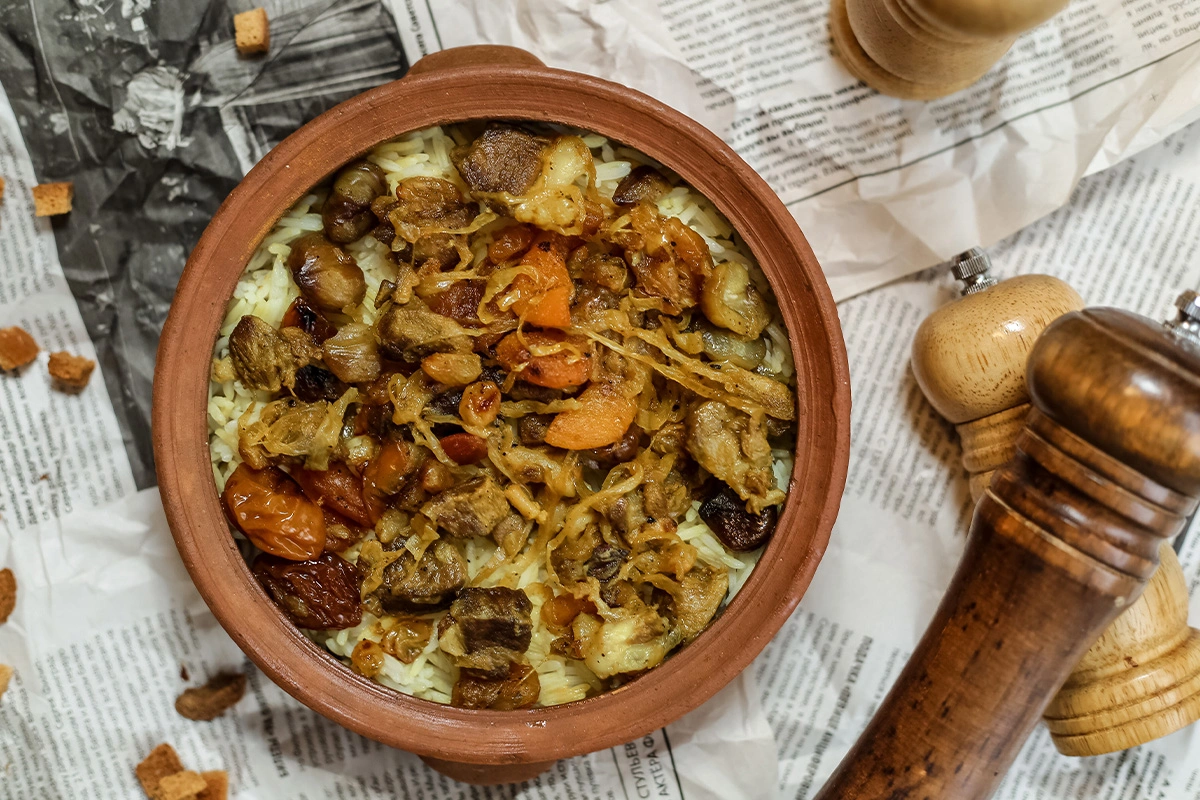
Understanding the Cajun Food Origin
The origin of Cajun food is tied to survival and adaptation. The Acadians didn’t have fancy kitchens or expensive food. They used cast iron pots to cook stews and soups over open fires. One pot meals like gumbo and jambalaya became common. These dishes fed large families and were easy to make.
Cajun food history also includes African, Spanish, and Native American influence. Over time, spices were added, and recipes were passed down. The food became known for its deep, smoky flavors and warm spices. So, when people ask, “Where does Cajun food come from?”—the answer includes many cultures and stories.
Another important part of Cajun food origin is the land. Louisiana’s bayous, rivers, and swamps provided fish, shellfish, and wild game. The land shaped the ingredients, and the ingredients shaped the dishes. The result is a food style that is completely unique to that area.
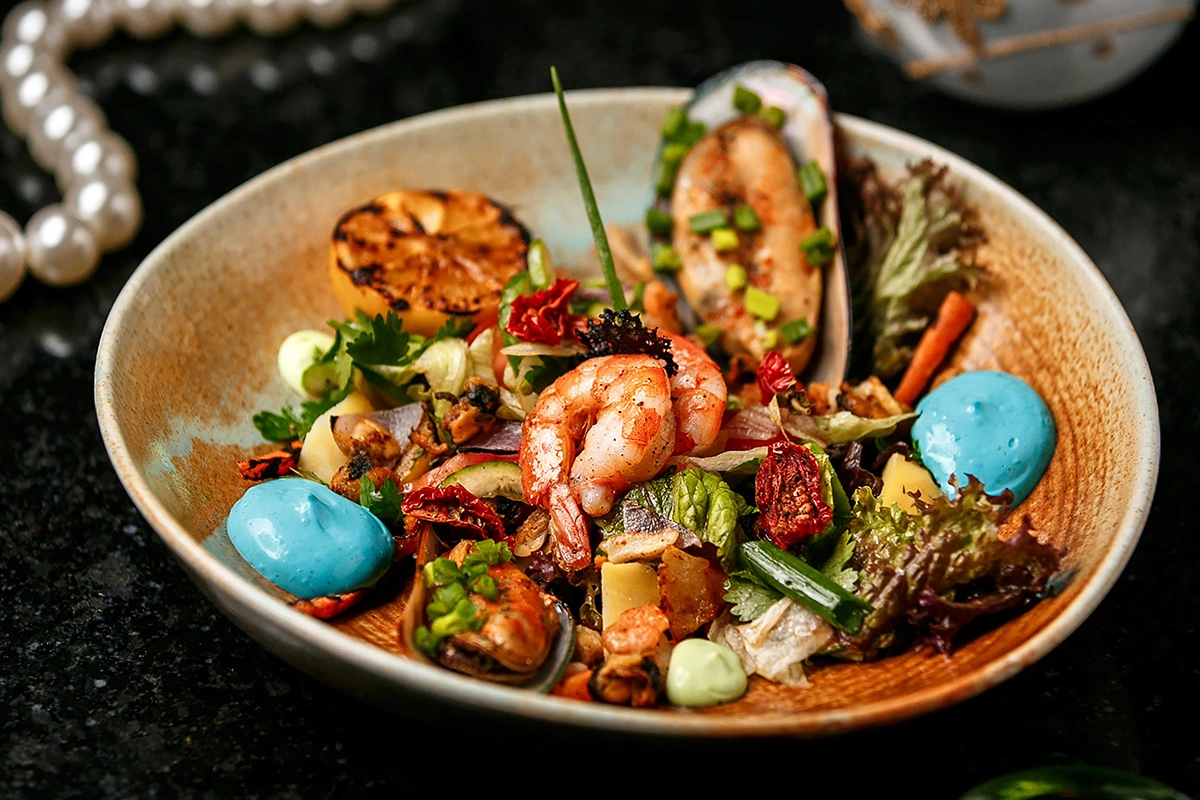
Cultural Origins behind Cajun Cuisine
Cajun cuisine is not just about taste. It’s about culture, family, and history. When the Acadians moved to Louisiana, they brought more than just cooking methods. They brought their way of life. Music, language, and food all played a part in creating what we now call Cajun culture.
The culture of Cajun food is one of togetherness. Cooking is a group activity. Festivals and events often center around food. The strong family and community ties made Cajun cooking more than just a meal. It became a way of life.
Food is part of every Cajun celebration. Weddings, holidays, and even funerals include big meals. People cook for hours or even days. It’s a way to honor tradition and show love. This is why the history of Cajun food closely ties with people and their daily lives.
Role of Spices in Cajun Recipes
Spices are key in Cajun cooking. But where does Cajun come from in terms of seasoning? Cajun spice origin goes back to the need for flavor in simple meals. Cooks used salt, pepper, cayenne, garlic powder, and paprika to add taste without using expensive ingredients.
If you’re wondering who invented Cajun seasoning, it wasn’t just one person. Cajun seasoning history is a mix of cultures and cooking needs. Today, Cajun spice exists in homes and restaurants all over the world. It adds heat, but also brings balance and depth to dishes.
Cajun seasoning is used in almost every dish. It makes meat, seafood, and even vegetables taste bold and exciting. Some families have their own spice mix recipes, passed down for generations. These blends are a big part of what makes Cajun food so special.
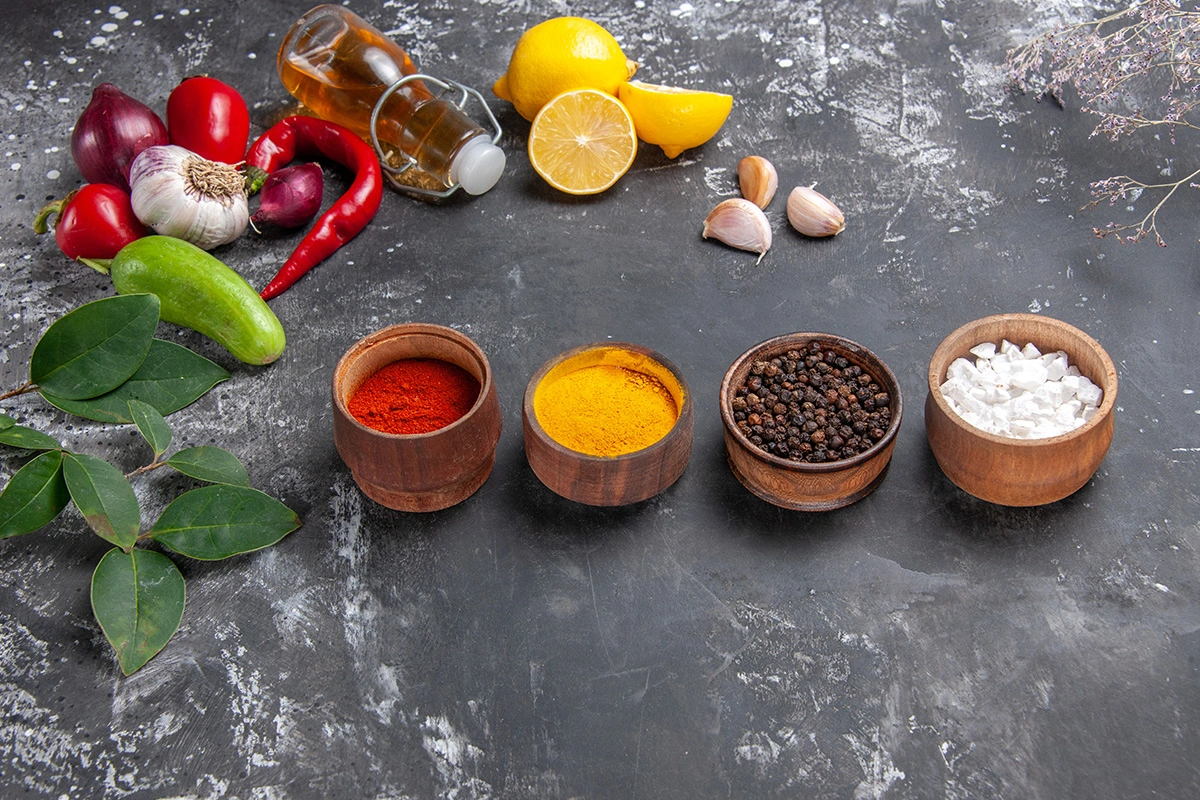
How Cajun Food Became Popular Worldwide
Cajun food began as home cooking, but now it’s on menus across the world. TV chefs, food shows, and cookbooks helped spread it. People were drawn to its bold flavors and hearty meals. Gumbo, jambalaya, and blackened fish are now loved in many countries.
Part of the reason is the rise of interest in Southern food. Cajun dishes offer something different—warmth, comfort, and spice. As people searched for new food experiences, Cajun meals became popular. That’s how the history of Cajun food became a global story.
Restaurants in big cities started adding Cajun dishes to their menus. Food trucks, fusion restaurants, and Cajun seafood spots became trendy. People loved the mix of spice, flavor, and heart. Today, you can find Cajun food in countries far from Louisiana.
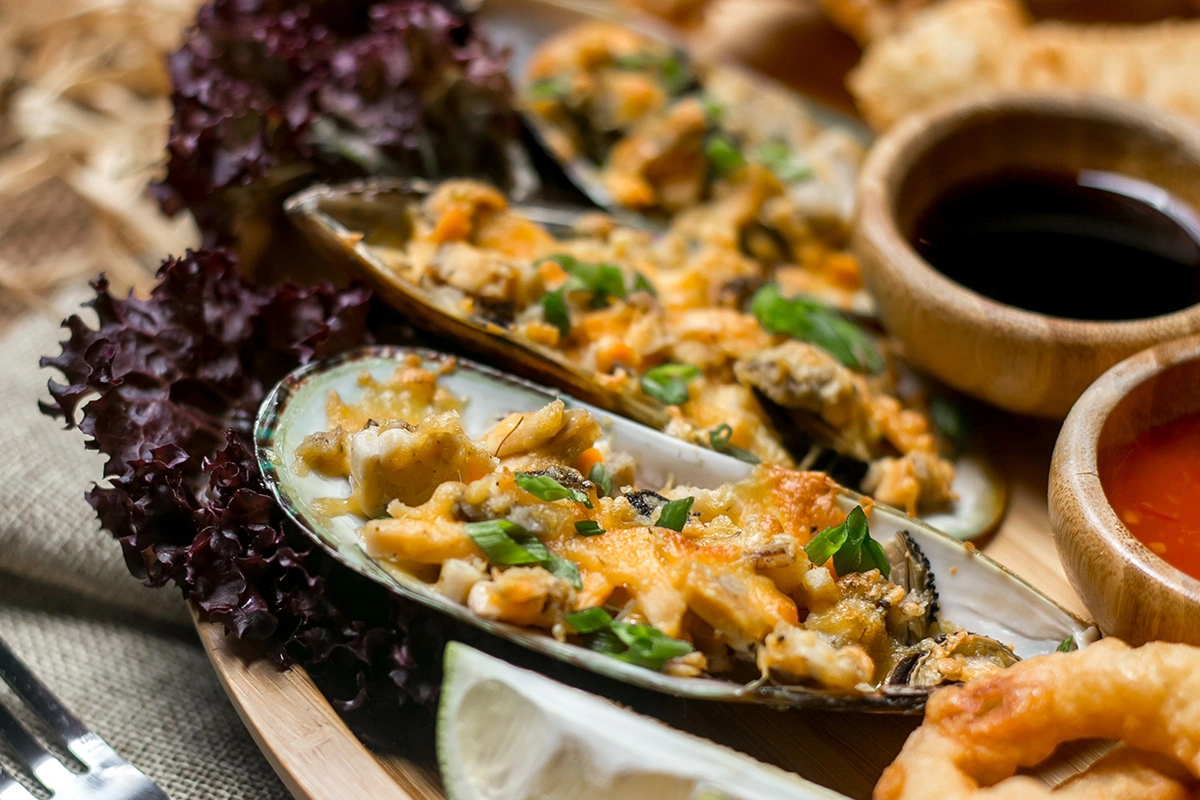
How Cajun Seafood Became Part of Celebrity Culture
Cajun seafood is now a big hit in pop culture. Famous singers, actors, and chefs have praised dishes like crawfish boils, shrimp étouffée, and fried catfish. Celebrities visit Louisiana just to try authentic Cajun seafood.
Many fans search online for “seafood near me” to get a taste of these popular dishes. Restaurants now add Cajun meals to their “seafood menu” to meet the demand. This love from celebrities helped shine a spotlight on Cajun food history and make it even more popular.
Social media also helped. Photos of spicy crawfish, buttery shrimp, and steaming gumbo go viral. Food influencers rave about the flavors. Cajun seafood became a symbol of fun, flavor, and Southern pride.
Preserving Cajun Traditions through Food
Even as Cajun food spreads, many people work to keep it true to its roots. Families pass down recipes. Local cooks teach others how to make dishes the old way. Small festivals and cooking classes help keep Cajun food history alive.
Farmers, fishers, and cooks all help preserve the origin of Cajun food. They grow the same vegetables and spices used for generations. Also, they fish in the same waters and keep the food real, so future generations can enjoy the same flavors and stories.
Schools in Louisiana now teach about Cajun culture. Museums display old cooking tools. Cooking competitions are held to honor traditional recipes. All of this keeps the history of Cajun food strong and respected.
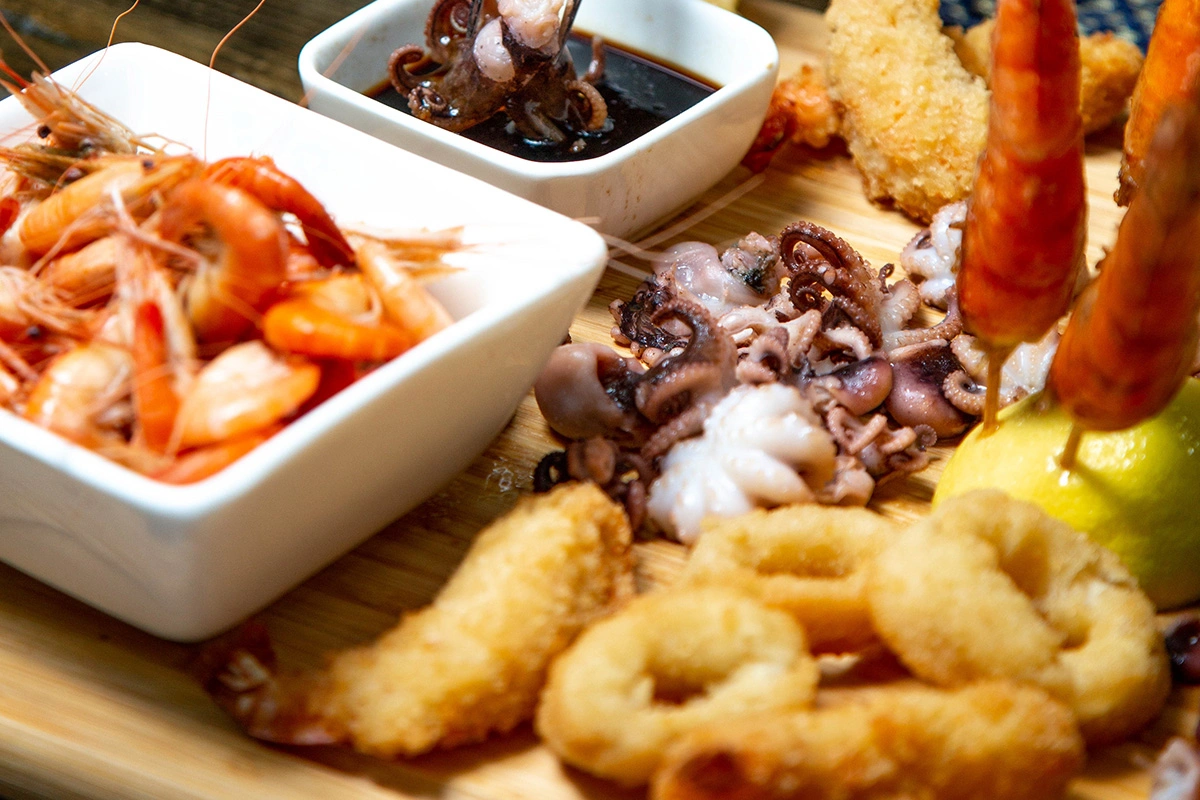
frequently asked questions
What Makes Cajun Food Different from Creole Cuisine?
Cajun food comes from country-style cooking. It’s simpler and uses what’s available at hand. Whereas, creole food is more city-style and uses more tomatoes, herbs, and sauces. Creole dishes may feel fancier, while Cajun food is more rustic and bold. Moreover, Cajun food uses fewer ingredients and focuses on deep, rich flavors. However, creole food may use cream, butter, and more complex recipes. Nonetheless, both are delicious but they come from different groups of people and styles.
Is Cajun Food Always Spicy?
Not always. Spices are used for flavor, not just heat. You can enjoy the rich taste without burning your mouth. But you can adjust the spice level in most dishes. Some people like it mild, others like it hot. Either way, the taste is always bold and full. Cajun cooking lets you enjoy spice in a way that suits you.
What Are the Most Traditional Cajun Dishes?
Some classic Cajun dishes include gumbo, jambalaya, boudin balls, Andouille sausage, crawfish boils, and étouffée. These meals are hearty, full of flavor, and often cooked in big pots for sharing. Other favorites are red beans and rice, dirty rice, and fried alligator. Each dish has its own story and uses local ingredients. These traditional meals are famous in homes and restaurants today as well.
Can I Make Authentic Cajun Food at Home?
You can cook Cajun food at home. Use simple ingredients like onion, bell pepper, celery, and Cajun spices. Start with dishes like jambalaya or red beans and rice. They’re easy to make and taste great. With some basic tools and a little practice, you can create meals that feel like Louisiana. Look for fresh ingredients, don’t rush the cooking, and always taste as you go. Cooking Cajun food at home is fun and rewarding.
Conclusion
Cajun food has a strong story. It started with people who had little but made delicious meals from what they could find. The history of Cajun food shows strength, community, and creativity. That’s why people love it so much today. So, next time you’re eating gumbo or trying to find the best “seafood menu” or “seafood near me,” remember the roots. The history of Cajun food is in every bite. It’s more than just a meal—it’s a culture, a journey, and a celebration.
From the bayous to the big cities, Cajun food continues to bring people together. It stands as a reminder that with heart and flavor, even simple meals can become legends. The next chapter of Cajun food history is still being written.
